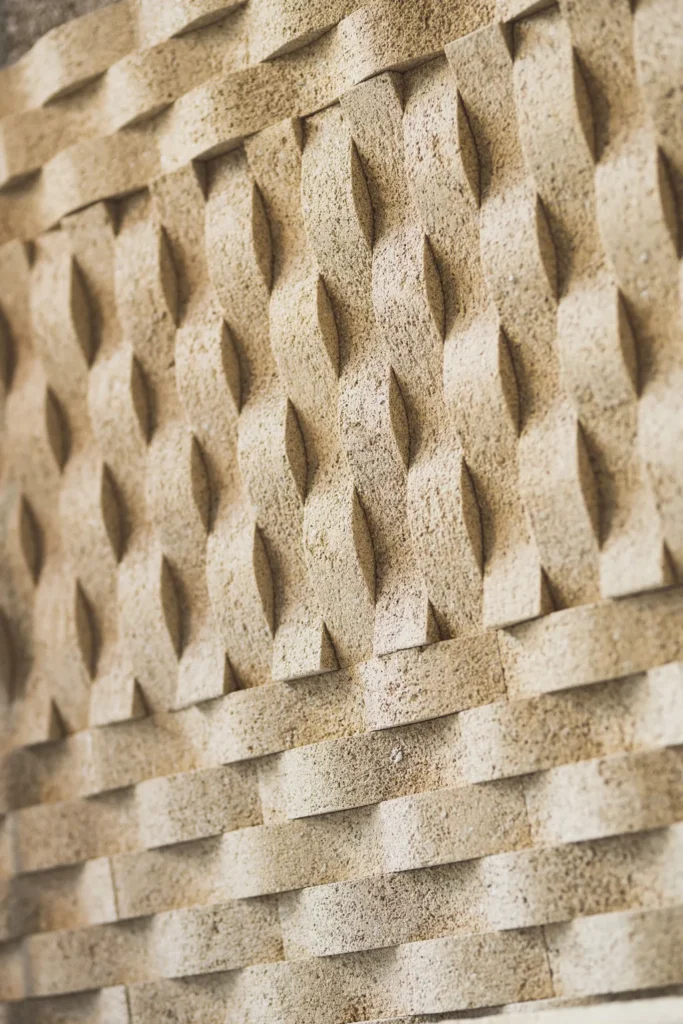In a groundbreaking stride towards sustainable construction, researchers have unveiled a novel approach to producing non-fired ceramic tiles using industrial waste and natural fibers. This innovation, detailed in a recent study published in the journal *Scientific Reports* (translated to English as “Scientific Reports”), could significantly reduce the environmental footprint of the construction industry while offering a cost-effective alternative to traditional tiles.
At the heart of this research is the utilization of phosphogypsum (PG), a by-product of the phosphate industry, and Ceiba pentandra fibers, a natural resource. The lead author, G. K. Arunvivek from the Department of Civil Engineering at Mohan Babu University, explains, “Our goal was to transform these underutilized materials into a valuable resource for the construction sector. By doing so, we not only address waste management issues but also contribute to the development of eco-friendly building materials.”
The study highlights the functional, economic, and environmental benefits of non-fired tiles. Unlike conventional ceramic tiles that require high-energy firing processes, these tiles are produced without firing, significantly reducing energy consumption and greenhouse gas emissions. “This approach aligns with the growing demand for sustainable construction practices,” Arunvivek notes.
The researchers conducted a Life Cycle Assessment (LCA) to evaluate the environmental impacts associated with the production and use of these PG-based tiles. They also analyzed the physico-chemical properties of both PG and Ceiba pentandra fibers to ensure their suitability for sustainable tile production. The strength characteristics of the tiles were experimentally tested, revealing that tiles reinforced with 6 wt% Ceiba pentandra fibers exhibited a remarkable bending stress of 16.6 MPa under a pressing load of 15 MPa.
This research holds substantial commercial implications for the energy sector. By reducing the energy-intensive processes involved in traditional tile manufacturing, the construction industry can lower its carbon footprint and operational costs. The use of industrial waste and natural fibers also promotes a circular economy, where waste materials are repurposed into valuable products.
The findings suggest that these materials can serve as a novel and sustainable alternative in the construction industry. As the world increasingly prioritizes environmental sustainability, innovations like these are poised to shape the future of building materials. Arunvivek’s work not only advances scientific knowledge but also offers practical solutions for a more sustainable future.
This study, published in *Scientific Reports*, underscores the potential of integrating waste materials and natural fibers into construction practices. As the industry continues to evolve, such innovations will be crucial in meeting the demands for sustainable and efficient building solutions. The research opens new avenues for exploration and application, paving the way for a greener and more sustainable construction sector.

